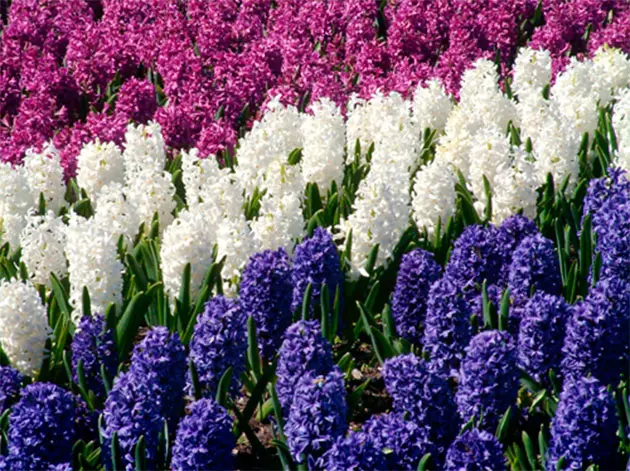In August, roses and gladioluses, daisies and cornflowers bloom vibrantly, seemingly eager to dazzle us with their beauty. However, there are flowers that are currently resting and require special care. These are the early spring bulb plants: hyacinths, daffodils, and tulips. They have an interesting characteristic—after flowering, nutrients are transferred from the leaves into their unique “storage rooms”—the bulbs—where they are stored in a modified bud for future use.
Unlike woody plants, the buds of these plants always form underground and contain the beginnings of roots, future leaves, and even a small, ready-to-bloom flower stalk. The bulbs have a substantial reserve of nutrients, which are used very economically and gradually. Therefore, when cultivating these plants, it’s essential to care for them carefully until the conditions for awakening are just right.
When growing bulb plants, it’s important to remember that the leaves are crucial for nutrient absorption, so they should not be cut off along with the flowers. The plant needs to be fed on time and transplanted according to the specific timelines established for each type.
Daffodils should be transplanted every 2-3 years. Once the leaves turn yellow, the plants are dug up and laid out on plywood to dry in a shaded, well-ventilated area. Afterward, gently shake off the soil, remove any remnants of dry leaves, and sort them. The best bulbs are selected for future planting in flower beds, while the smaller bulbs are set aside to be planted in separate locations for further growth. The selected bulbs are placed in gauze bags, with 15-20 bulbs in each, and hung in a shaded area for 3-4 weeks. Hyacinths and tulips can also be stored this way until planting time.
Hyacinths are dug up every 2 years, while tulips are dug up annually.

